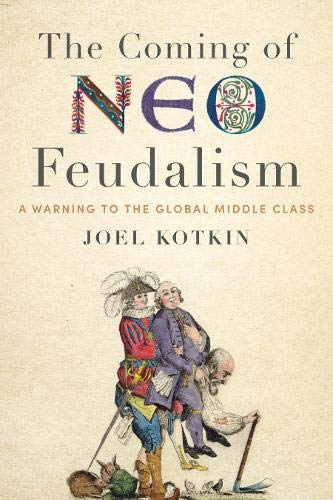The map is shifting, and Democrats see the nation’s rapidly changing demography putting ever more states in play—Barack Obama is hoping to compete in Arizona this year, to go along with his map-changing North Carolina and Indiana wins in 2008—and eventually ensure the party’s dominance in a more diverse America, as Republicans quite literally die out. read more »
Demographics
Millennial Generation Safe at Home
Each emerging American generation of adolescents and young adults tends to have a distinctive relationship with its parents. For the Baby Boomers of the 1960s and 1970s, that relationship was often conflicted, even adversarial. For Generation X in the 1980s and 1990s it was frequently distant and disrespectful. By contrast, the interactions with their parents of most of today’s Millennial Generation (born 1982-2003) are close, loving, and friendly. read more »
The Urban US: Growth and Decline
The urban population of the United States is now 249 million, according to the 2010 Census, 81 percent of the total. This is impressive, and not all surprising for a large developed economy. Yet the urban population --- meaning cities, suburbs and exurbs --- is not everything. And in many ways for everything from food, resources and recreation, the urban areas still depend on the nearly sixty million who live in rural America read more »
Still Moving to the Suburbs and Exurbs: The 2011 Census Estimates
The new 2011 Census Bureau county and metropolitan area population estimates indicate that Americans are staying put. Over the past year, 590,000 people moved between the nation's counties. This domestic migration (people moving within the nation) compares to an annual rate of 1,080,000 between the 2000 and 2009. Inter-county domestic migration peaked in 2006 at nearly 1,620,000 and has been falling since that time (Figure 1). read more »
'Protestant Ethic' 2.0: The New Ways Religion Is Driving Economic Outperformance
In this season when most Americans are more concerned than usual with spiritual matters, it may be time to ask whether religion still matters. Certainly religiosity’s worst side has been amply on display in recent years, from the fanaticism of Islamic terrorists to the annoying sanctimoniousness of Rick Santorum. read more »
Buffalo, You Are Not Alone
It hurts. When a bigtime Harvard economist writes off your city as a loss, and says America should turn its back on you, it hurts. But Ed Glaeser’s dart tossing is but the smallest taste of what it’s like to live in place like Buffalo. To choose to live in the Rust Belt is to commit to enduring a continuous stream of bad press and mockery.
I write mostly about the Midwest, but whether we think Midwest or Rust Belt or something else altogether, the story is the same. From Detroit to Cleveland, Buffalo to Birmingham, there are cities across this country that are struggling for a host of historic and contemporary reasons. We’ve moved from the industrial to the global age, and many cities truly have lost their original economic raison d’etre. read more »
How A Baby Bust Will Turn Asia's Tigers Toothless
For the last two decades, America’s pundit class has been looking for models to correct our numerous national deficiencies. Some of the more deluded have settled on Europe, which, given its persistent low economic growth over the past 20 years and minuscule birth rates, amounts to something like looking for love in all the wrong places. read more »
The Evolving Urban Form: Osaka-Kobe-Kyoto
Osaka-Kobe-Kyoto is Japan's second largest urban area and ranks as the 12th largest urban area in the world. With a population of approximately 17,000,000 and a land area of 1240 square miles (3200 square kilometers), Osaka-Kobe-Kyoto has a population density of 13,700 per square mile (5,200 per square kilometer), making it the most dense major urban area in Japan and among the denser urban areas in the high income world. The larger metropolitan region includes four prefectures, Osaka, Kyoto, Kyoto and Nara (Figure 1). read more »
Addressing Workforce Shortages in the Dakotas
While not immune to the recession, the upper Great Plains is in a different economic situation from the rest of the nation. Growth coupled with low unemployment means more strain on the region’s workforce, making it tougher for employers to find the workers they need. It's not so much about jobs anymore, but about finding the right workers. read more »
The Evolving Urban Form: Ho Chi Minh City (Saigon)
Vietnam may be the next China. With a nominally communist government, Vietnam has liberalized its markets and is prospering from an increased reliance on exports. Vietnam's gross domestic product per capita is still only about $3000, but has been among the faster growing economies over the past 10 years. Vietnam is well positioned to capture any growth that might be diverted from China’s east coast urban areas as labor costs there rise and concerns increase about the influence of that country’s powerful state-owned corporations. read more »





















